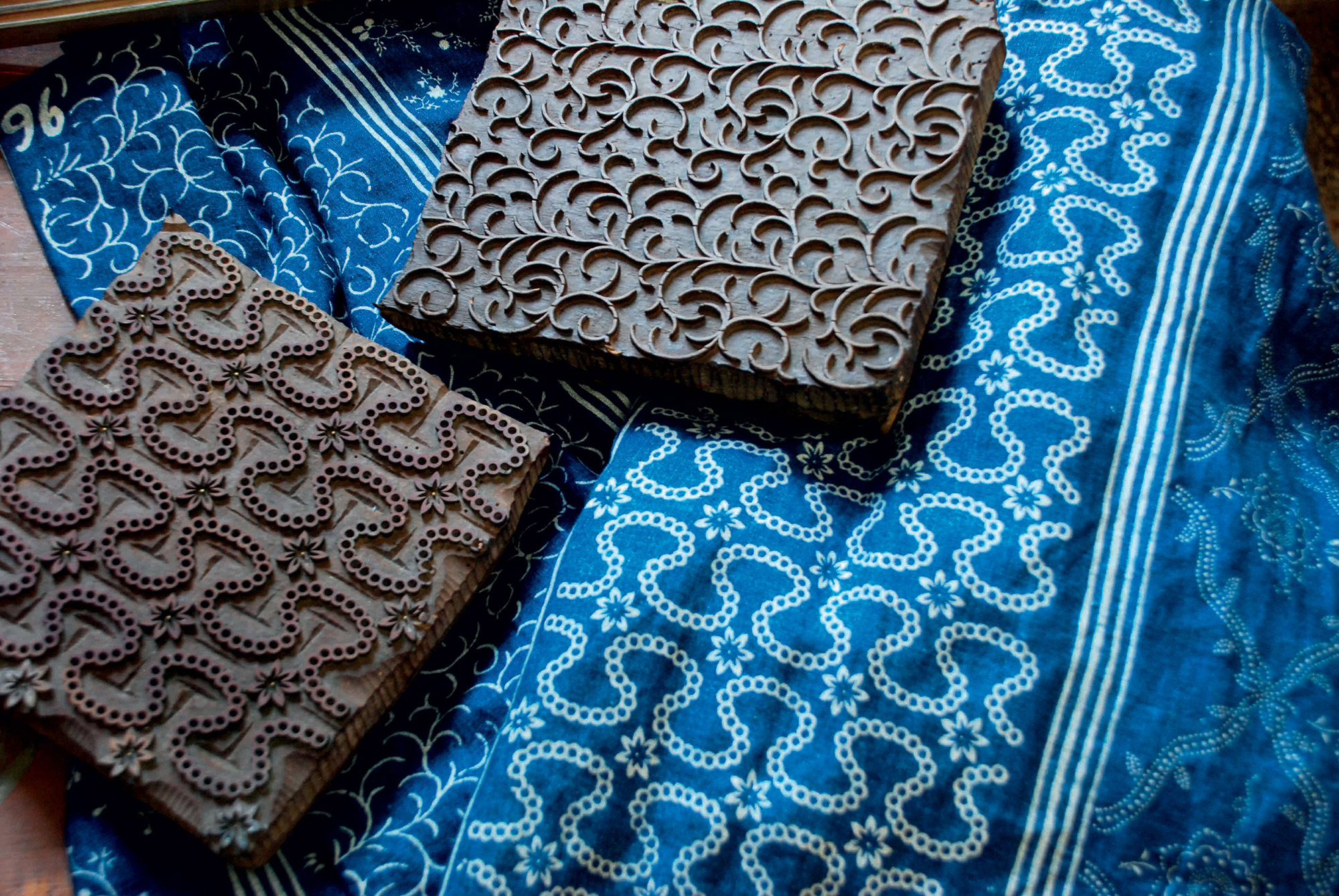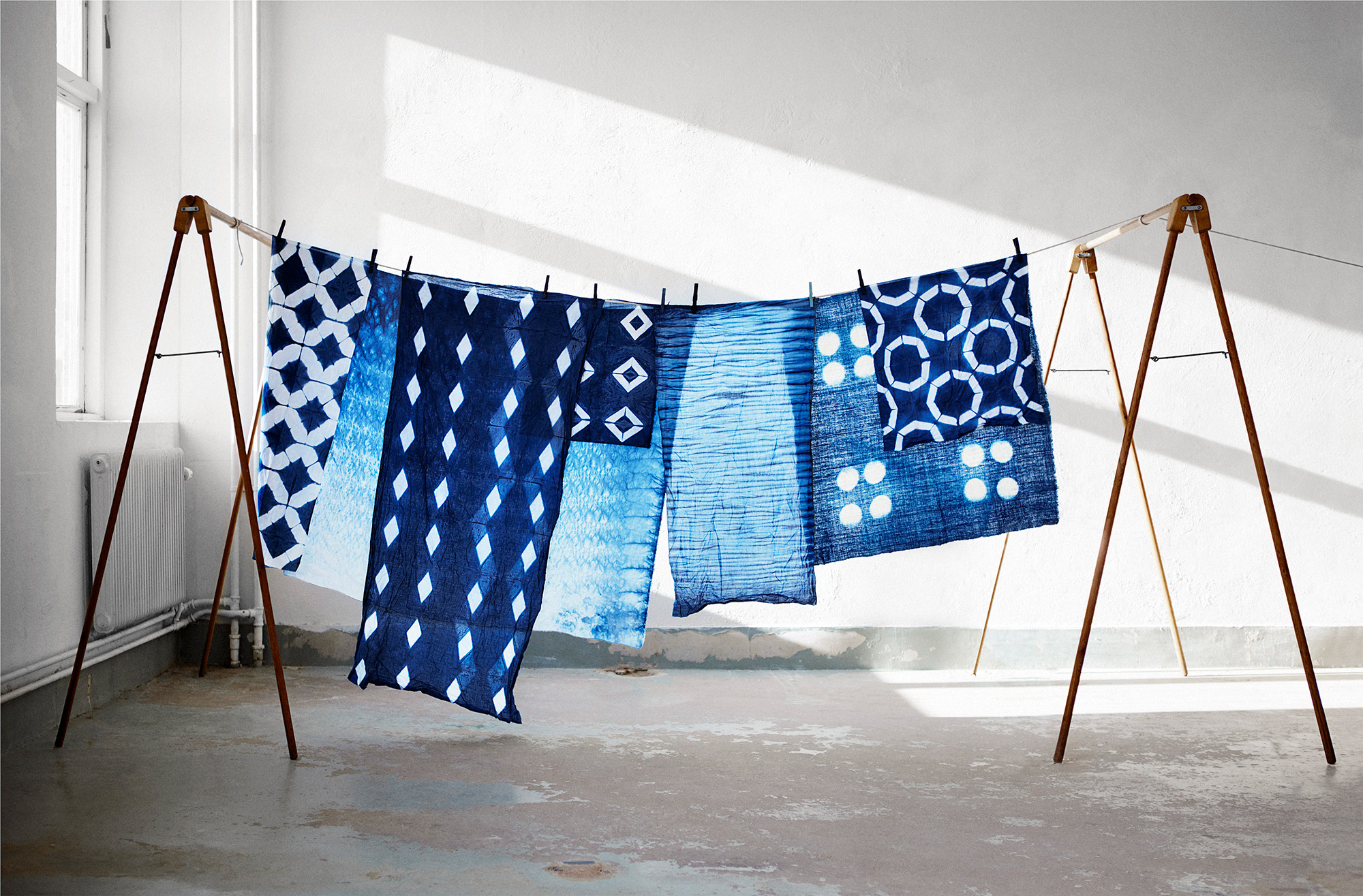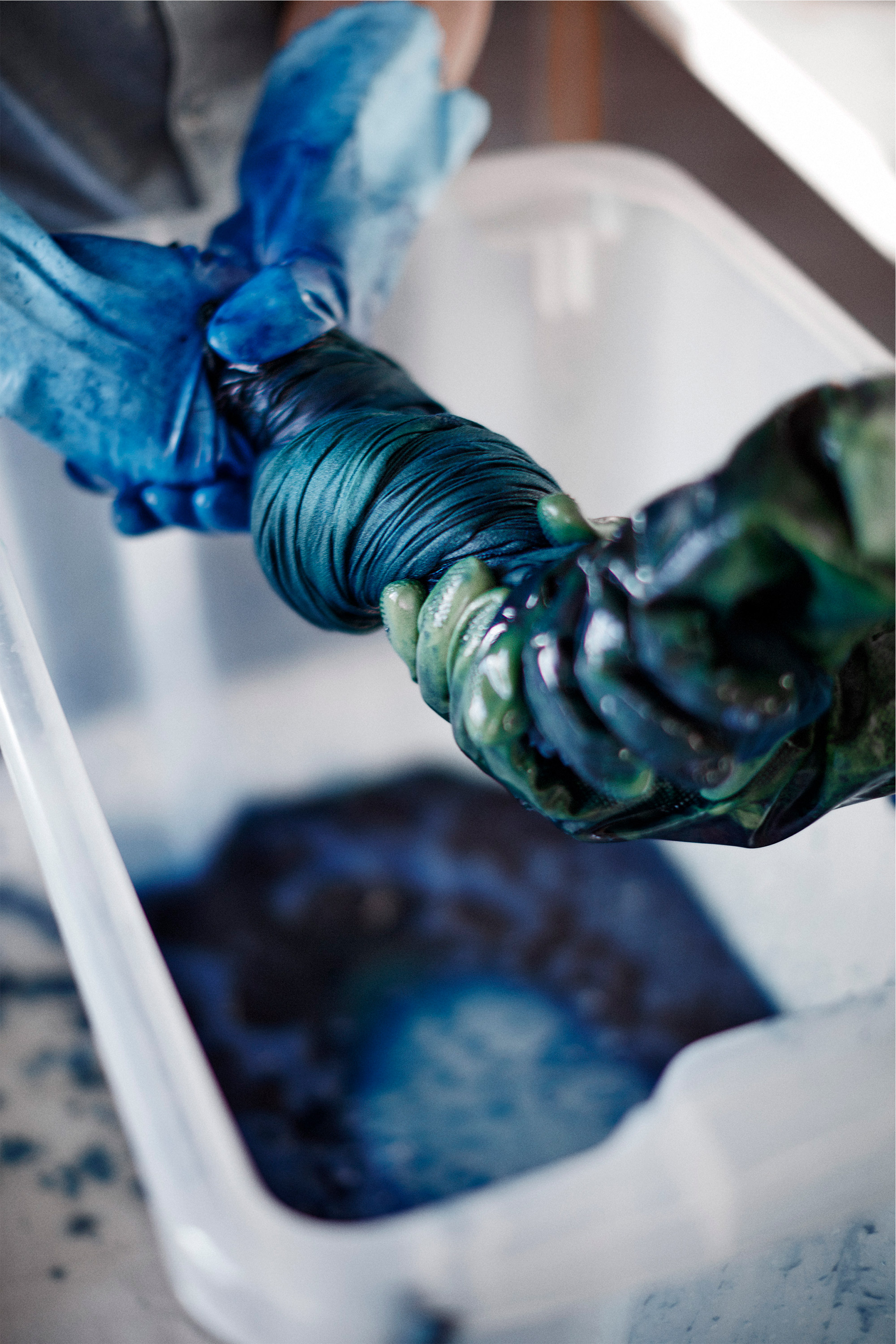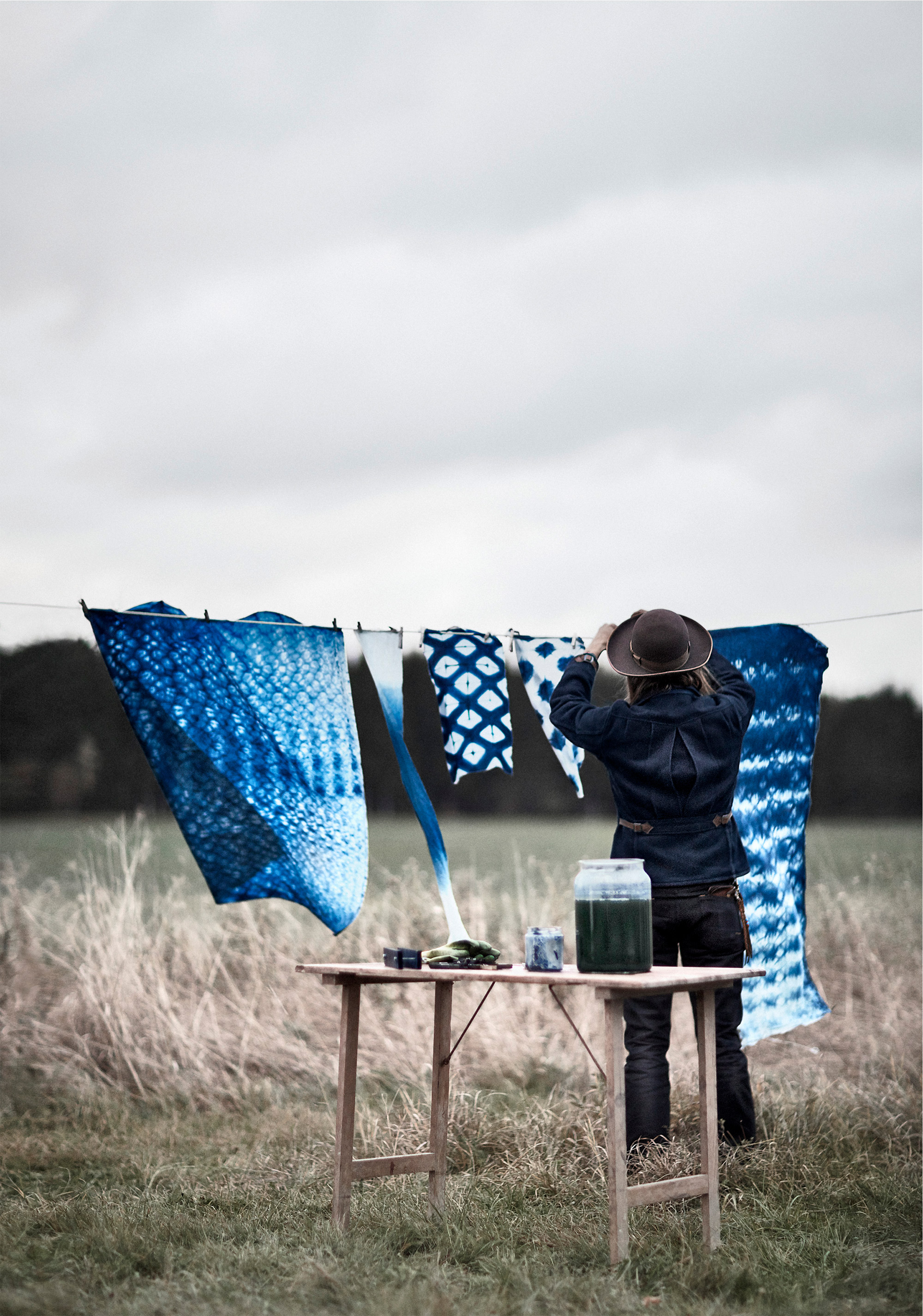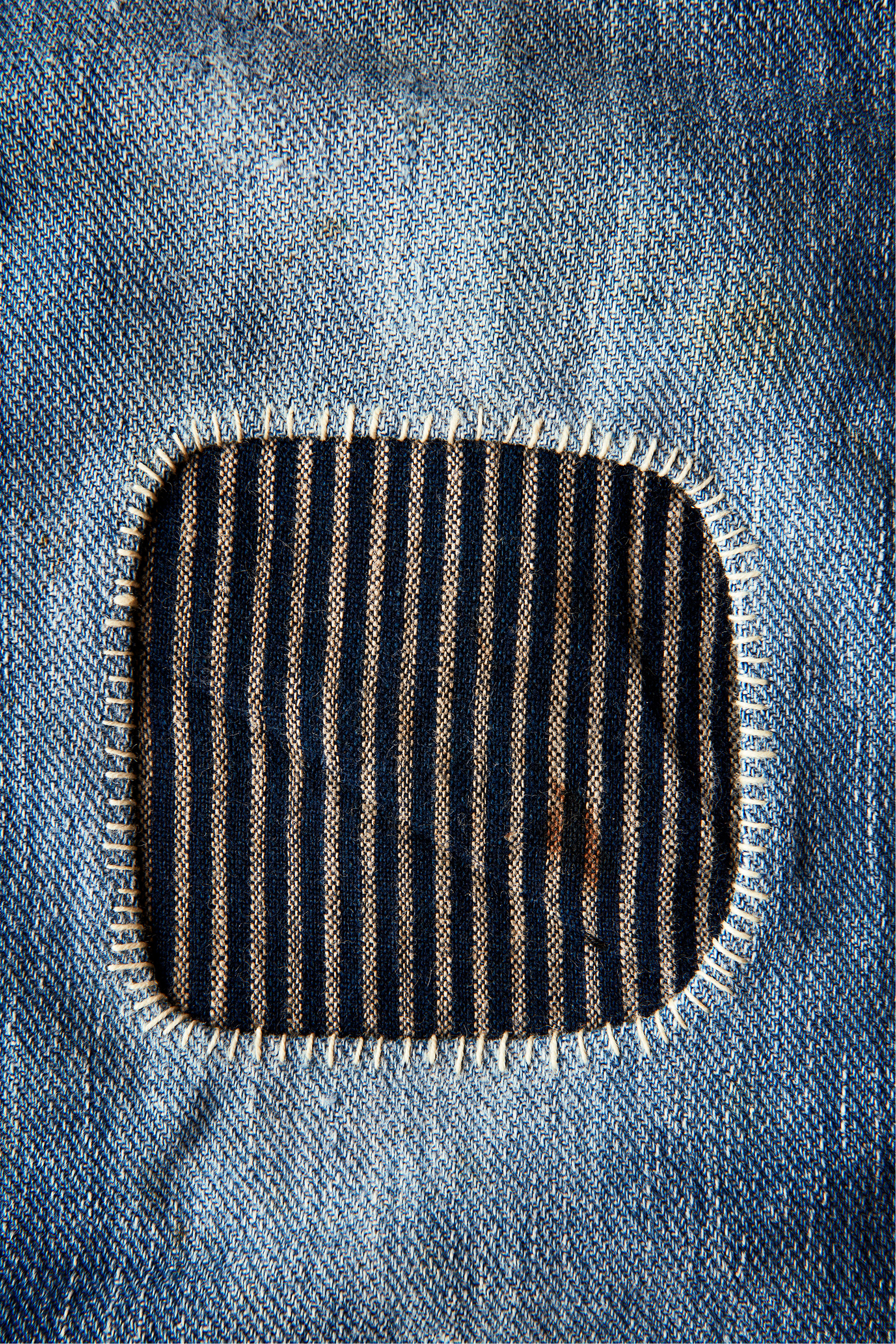A fascinating color with a history that spans thousands of years.
Color, with its spectrum of hues, tints, and saturation levels, is a compelling tool in interior design. A dark blue or indigo blue can dramatically transform a product’s appearance, while various hue combinations and shades of indigo can create a unique color scheme and atmosphere in a room. This article delves into indigo, exploring its color meaning, its significant impact over centuries, and its present-day usage. These themes are explored in depth in the book “Indigo: The Color That Changed the World” by Catherine Legrand, published by Thames & Hudson.
From name to symbolism and meaning.
Indigo, akin to the color purple, boasts a captivating history stretching thousands of years. The earliest established use of the indigo color can be traced back to 4000 BC, in what is now Peru. However, the indigo plant, the source of the indigo blue dye, was originally native to India. From there, it spread to East Asia, Egypt, Greece, and eventually the rest of Europe and the US.
The name ‘indigo’ comes from the ancient Greek word for “Indian”, “indikón”, which later transformed into “indicum” or “indico” in Latin, leading to its current name. Sir Isaac Newton introduced the indigo color in his renowned color wheel in the 1660s as part of the colors of the rainbow.
Indigo carries symbolic weight. To some, this color symbolizes wisdom, devotion, and creativity. To others, it embodies nobility, much like purple. In ancient meditation practices and yoga tradition, the third eye chakra is indigo and dark blue. The center of consciousness, it leads to achieving spiritual clarity, knowledge, foresight and intuition. But what color is indigo and what does indigo look like? Indigo is a deep blue violet that sits on the color spectrum between blue and purple. However, it’s a completely different color from those two. To illustrate, imagine a pair of brand-new blue jeans in dark indigo. The question of indigo vs. blue is a matter of different shades. While blue encompasses various hues, including midnight blue, indigo is a specific color.
From plant crops to synthetic dye.
Similar to the color purple, indigo-dyed fabrics were seen as a symbol of wealth and nobility for many centuries. The pigment indigo was extracted from the leaves of the Indigofera plants, particularly from true indigo, Indigofera tinctoria. This natural dye had a deep indigo blue, almost navy blue color. As a rare product, these plants were cultivated worldwide for dye production. Despite their tropical origins, they were soon grown in subtropical regions.
Before the late 15th century, Europe primarily produced pigment indigo and dye from the woad plant, Isatis tinctoria. However, this lacked the intensity of the Indigofera plant and leaned more towards cyan. With the opening of sea trading routes with Asia, countries like France, England, Spain, and America began encouraging the cultivation of Indigofera plants throughout their colonies, leading to a grim chapter in indigo’s history marked by forced labor and exploitation.
Today, most indigo on the market is derived from synthetic dyes, first introduced in the late 1890s. Synthetic indigo, easier to produce and more readily available, is primarily used for dyeing blue jeans. However, a few cultures and artisan communities worldwide still cultivate the plants and use natural indigo dye.
Color in the modern world and digital universe.
In the 1920s, experiments mapped the color space perceivable by the human eye. In 1931, CIE (“Commission internationale de l’éclairage”) defined this color space based on human perception, known as CIE 1931. As for the visible spectrum and wavelengths, indigo sits at around 420 – 440 nanometers, right between the violet and blue wavelengths.
From printing to digital displays, primary colors, the web color indigo, and any color palette are now right at our fingertips, with a touch of a button, a mouse click, or a tap on a screen. The color has different HSV, CMYK and RGB values. For example, in RGB an electric indigo has a hex code of #6f00ff while in CMYK the same electric indigo hue corresponds to 56, 100, 0, 0, or 56% cyan, 100% magenta, 0% yellow and 0% black.
Books that explore the indigo color from different perspectives.
In Indigo: The Color That Changed the World, textile designer Catherine Legrand explores different production techniques of indigo textiles throughout the world, along with the dye’s history and its impact on textile practices in various cultures. With more than twenty years of research, the author offers a fascinating look into the world of indigo textiles. 500 beautiful photographs accompany the texts. The images show everything from local communities, clothing and detailed ethnic designs to artworks and architectural details.
Readers can learn more about what is indigo color or how dyeing techniques differ from one region to another. The author has even included a recipe for indigo which the readers can recreate at home. Specially commissioned illustrations showcase close-ups of intricate patterns and textiles. The book also features photos of beautifully craved wood blocks used for printing.
Catherine Legrand takes the reader on a captivating journey through Central America, Africa, India, Japan, and Vietnam; places where artisans still grow the plants, extract the dye, and then use it to create indigo-colored masterpieces by hand. Both the texts and the photographs paint a mesmerizing picture of the cultural significance indigo still has throughout the world. You can find the book here.
Denim and indigo dyes.
We have also curated a list of other books that explore the subject of indigo in other ways. The first is the limited-edition Book of Denim Vol 2 Royal Indigo Series. The book has the same denim-focused content of the regular volume. However, it comes with 10 custom linen covers, in a series of 100 hand-numbered copies. In Indigo, authors Douglas Luhanko and Kerstin Neumüller have created a practical and complete guide on indigo dyeing. Apart from advice on growing the plants, this book published by HarperCollins features dyeing projects and advice for both beginners and experienced dyers.
The Denim Manual from Fashionary is a great choice for denim lovers. It features detailed info on denim history, specialized terms, and care as well as sections on what is indigo color and the difference between natural and synthetic dyes. Finally, Blue Blooded from Gestalten explores denim’s cultural history. It also highlights traditional brands and cutting-edge designers. Authors Thomas Stege Bojer and Josh Sims also included denim washing guides, stores where to find exclusive designs, and more. Photography © Catherine Legrand, Thames & Hudson.


